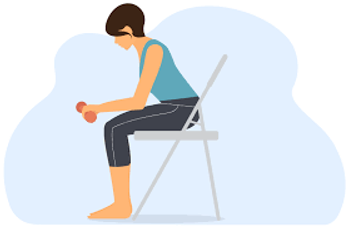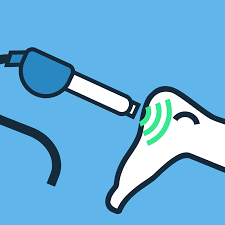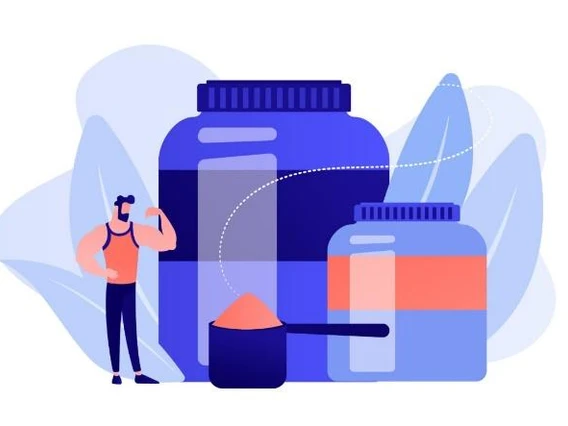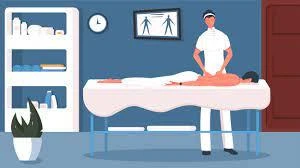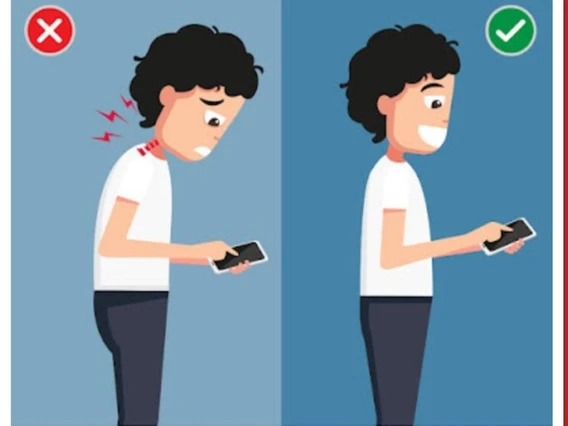How to Treat Trigger Points?
Trigger points are localized areas of muscle tightness and tenderness that can cause pain and discomfort. Treating trigger points often involves a combination of approaches to relieve muscle tension and promote relaxation. Here are some common strategies for treating trigger points:

1. Stretching:
- Gentle stretching exercises can help relax tight muscles and alleviate trigger point discomfort. Focus on stretches that target the specific muscle groups where trigger points are present.
2. Self-Massage:
- Use your fingers, thumbs, or a massage tool to apply pressure to the trigger point. Start with light pressure and gradually increase as tolerated. Massage in a circular motion or back-and-forth over the trigger point.
3. Heat Therapy:
- Applying heat to the affected area can help relax muscles and improve blood flow. Use a warm compress or take a warm bath to help alleviate trigger point discomfort.
4. Cold Therapy:
- Cold therapy, such as applying an ice pack, can help reduce inflammation and numb the area around the trigger point. Use cold therapy for short durations, typically 15-20 minutes at a time.
5. Topical Analgesic Creams:
- Over-the-counter creams or gels containing analgesic or anti-inflammatory ingredients can be applied topically to the trigger point. These may provide temporary relief.
6. Foam Rolling:
- Use a foam roller to apply pressure to the trigger point by rolling over the affected muscle. This can help release tension and promote muscle flexibility.
7. Acupuncture:
- Acupuncture involves the insertion of thin needles into specific points on the body. It is believed to help relieve muscle tension and may be beneficial for treating trigger points.
8. Physical Therapy:
- A physical therapist can provide targeted exercises and manual therapy techniques to address trigger points and improve overall muscle function.
9. Trigger Point Injections
- This is a technique in which thin needles are inserted into trigger points to stimulate a healing response. It is performed by trained healthcare professionals.
10. Relaxation Techniques:
- Stress and tension can contribute to the development of trigger points. Practices such as deep breathing, meditation, and progressive muscle relaxation can help promote overall relaxation.
11. Anti-Inflammatory Medications:
- Nonsteroidal anti-inflammatory drugs (NSAIDs), such as ibuprofen or naproxen, may help reduce inflammation and provide pain relief. Consult with a healthcare professional before using medication.
12. Hydration:
- Staying well-hydrated is important for overall muscle health. Proper hydration helps prevent muscle tightness and can contribute to the resolution of trigger points.
It’s important to note that the effectiveness of these strategies may vary from person to person, and a combination of approaches is often beneficial. Additionally, if you have persistent or severe trigger points, it’s advisable to consult with a healthcare professional, such as a physical therapist or healthcare provider, for a comprehensive assessment and personalized treatment plan.




